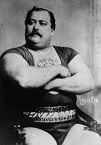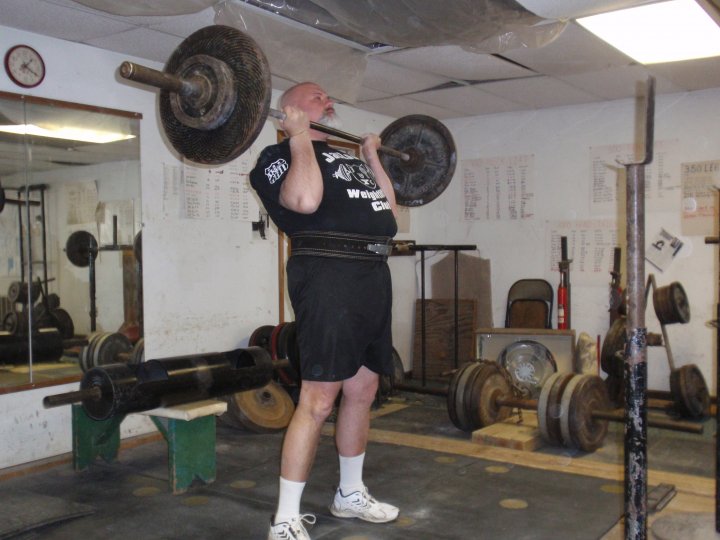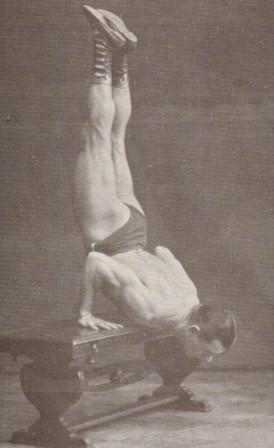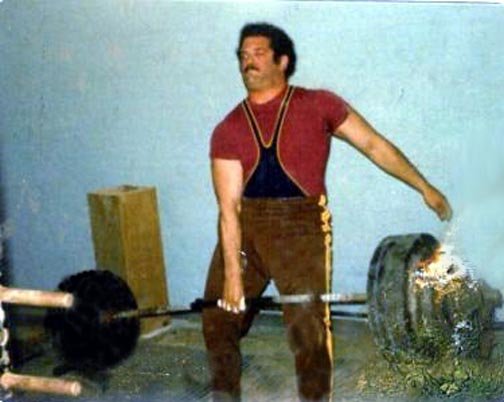Louis Cyr – The French Canadian Giant
by George Jowett
The strongman who obtained his strength from barbell training, and who took to tossing iron for his particular sport, is still the monarch of strength athletes. No other method can give the same thews, or convey the same inspiring message to those who seek the domain of health and strength. Years ago, after the French Canadian giant, Louis Cyr, had forsaken the stage to take charge of his saloon in Montreal, thousands of his admirers continued to pay homage to him. They constantly patronized his saloon so they could claim friendship with this iron king. They listened to him tell his stories, but always with a hope and a watchful eye to see him perform some feat which to him was common-place, but to others impossible. It was no uncommon sight to see Louis carry a huge cask of beer off the drayman’s wagon on his one shoulder. What was a three hundred and twenty pound cask to him, even if it was terribly awkward to handle. He could grasp it by the chines and lift it from the wagon to the pavement, and then toss it on one shoulder, or throw it back on the truck, according to the need, without registering any sign of exertion. It was all in a day’s work to him, but one feat he often performed to draw patronage as a part of his business routine. Yet, he always performed it in an off hand way, that made him appear to be indifferent to any effect the feat had upon the spectators. They still talk about it in the old haunts, and it is a story worth telling.
Cyr would be reclining on the serving side of the bar and while he was in the midst of his conversation with his patrons, he would be approached by his wife dressed to go shopping. With the interrogative “Louis,” she would announce her presence. Knowing what she wanted, the ponderous giant would neither withdraw his gaze or stop in his speech, but would lower his right hand in a nonchalant fashion, upon which his wife would sit. As gently as a child he would lift her over the counter, and as gently deposit her on the other side without a break in his speech. Madam would be examining her purse during the unusual journey and would then pass on as calmly as though she had made the trip in a modern elevator. Showmanship par-excellence was exhibited by both in this extraordinary feat, but can you imagine the amount of strength that was involved? Although she did not weigh much over a hundred pounds, yet it meant that he curled her weight on the flat of his hand, and passed her over the counter in the manner of a hold-out and with no visible effort. It was a terrific feat of strength, which when performed, was a source of delight to all who witnessed it.
Credit: The Key to Might and Muscle by George Jowett



